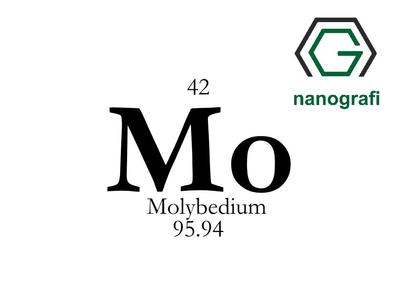General Information about Molybdenum

Molybdenum is a chemical element with symbol Mo and atomic number 42. Molybdenum does not occur naturally as a free metal on Earth; it is found only in various oxidation states in minerals. Industrially, molybdenum compounds (about 14% of world production of the element) are used in high-pressure and high-temperature applications as pigments and catalysts.
Molybdenum Nanoparticles/Nanopowder and Their Applications
Molybdenum nanoparticles/nanopowder give very good result in situations where a lubricant needs to withstand high temperatures. Molybdenum nanoparticles/nanopowder are used in steel as anti-corrosive additives, vacuum valves, sintering additives, hard alloys and cutting tools. In the manufacture of high pressure vacuum tubes, heat tubes, X-Ray tubes Molybdenum Nanoparticles/Nanopowder can be useful. Molybdenum nanoparticles/nanopowder are well-known as a coating of choice in high-friction, heavy load environments, due to the extreme lubrication they offer. Molybdenum nanoparticles/nanopowder offer a simple, effective way to apply such coatings with extreme precision.
Comments
Post a Comment